Legal implications of shooting a movie along a public sidewalk with dozens of people
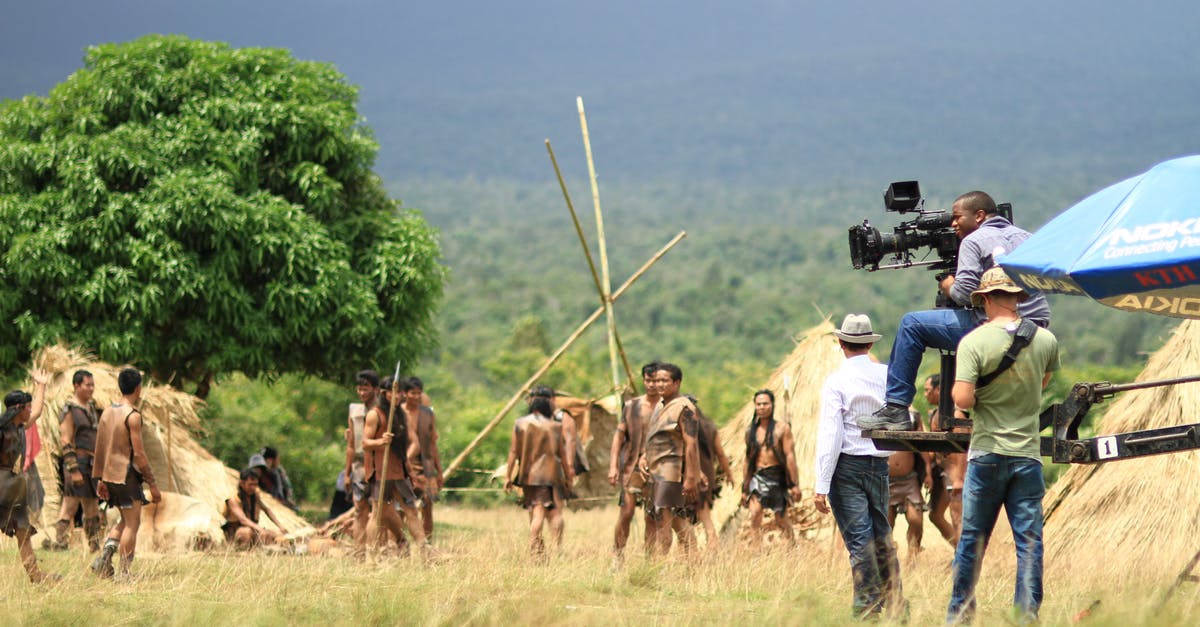
In a lot of movies and TV shows, there will be a scene where an actor will be walking along a busy sidewalk, and there will be dozens of people behind them, and perhaps even one or two people coming up alongside them and perhaps moving ahead. In this case, the person's head will be clearly identifiable. Even some of the people in the back of the actor could be close enough to be identifiable.
Now my understanding of model releases (which I believe apply to photography also, or they are very similar) is that no release is necessary for taking a photo of an identifiable person in a public place unless the photo will be used for commercial purposes. Now it would seem to be the latter will apply to movies.
So how is this handled? First of all, am I misinterpreting the rules of a photo release? If not, if one or more person(s) come up alongside the actor, are these people usually actors (or extras) also? I imagine this could be the case, at least in some cases, since filming is going on and unless it is being done with a portable camera quite a bit of equipment could be involved. What about the dozen or more people behind the actor? Are these extras, i.e. have they closed down the entire sidewalk just for this shot and not allowed any "common" folk?
Best Answer
General crowd releases can be used, particularly when you don't need to control the crowd. These are common in general exterior shots and when shooting reality TV.
But, in your example, this is very unlikely because you don't want the people recognizing your talent and messing up the shot. If the principal talent is in the scene, you can pretty much bet it's a controlled set and everyone on camera is a paid extra.
In film making, and particularly when shooting TV shows, time is of the essence. You can't afford to deal with random people who can't be controlled messing with your talent, your gear, or staring directly into the camera making a shot unusable... or making noise (all of the crowd noise is added in post so that the dialogue can be recorded cleanly). Additionally, you will likely need to repeat the shot multiple times from different angles and need the extras to all be in the same place regardless of the angle.
It's not visible in the shot but shooting takes a lot of gear and a lot of people. Even if you're just using a Steadicam rig, you still need to worry about sound (boom op), lighting (bounce boards, flags, or even actual lights if it's night time). You don't want unknown people interacting with this stuff or the people operating it. And, if you're not using a Steadicam, you've got a huge camera on a dolly, complete with dolly track in addition to all of that other stuff... or on a crane, if you're crazy.
Here's a photo of Hugh Jackman because... well.. it's Hugh Jackman:

The Lady in the Red Dress from the Matrix. This is an obvious example of using extras for a variety of reasons (control, wardrobe etc.) but it is still a good example of the sort of control required in a film set.
Most cities have permits allowing for the closing of city streets, sidewalks and other public areas for the purpose of filming (here's the one for New Orleans). There's generally a nominal fee related to this. Production will often even have the option of hiring off-duty uniformed police to control both vehicular and pedestrian traffic.
Cities that get a lot of film traffic can often perturb the locals if certain locations are particularly popular for shooting and closed of on a regular basis.
Now, does it ever happen that a film chooses to use an uncontrolled set for a sidewalk scene? Yes. Here's a famous example from Midnight Cowboy:
According to Dustin Hoffman, this scene was shot on an open set and they were actually nearly run over by the cab in the shot:
It was a low-budget movie. Nobody wanted to make this movie, Midnight Cowboy. People walked out during previews; it was considered filthy in 1969. Very low budget. Consequently, on Sixth Avenue, there was no money to stack it with extras.
So it’s what they call a stolen shot. We have radio mikes on, the van is across the street, we rehearse it by ourselves. You know, the director John Schlesinger, me and Jon Voight.
And we do it, and the first take a cab jumps the light … I wound up saying, ‘I’m walkin’ here!’ But what was going through my head is: ‘Hey, we’re makin’ a movie here! And you just f–ked this shot up.’ But somehow something told me you’d better keep it within the character.
And this is exactly why it happens pretty rarely on films/TV shows that can afford to hire extras and pay to close off the street... If that cab driver hadn't stopped, Hoffman could have been injured or killed... fortunately, they instead got what has since been named #27 on the list of AFI's 100 years... 100 Movie Quotes.
The Legal Stuff
Now, to actually answer your legal question for this case - As you get at in the question, you don't actually need a video/model release unless you're using it for commercial purposes. What you're confusing is the term commercial. In this case, they mean commercials as in advertisements. Films are not commercials, they fall into the category of informational use, also called editorial use. They are commercial enterprises and earn studios lots of money but they are not commercials.
Here's a great explanation from the Stanford University website:
Whether you need to obtain a release depends on why you want to use a person’s name or image. If your use is for commercial purposes—for example, using a person’s photo in an advertisement—you need to obtain a release. If your use is for informational purposes such as a documentary film or news article, you may not need a release. However, even if a release is not required, you should be careful that your use does not defame or invade the privacy of the individual. If there’s any potential that your use might violate these laws, a release will provide legal protection.
You do not need release to use a person’s name or image for informational purposes. An informational (or “editorial”) purpose is anything that informs, educates, or expresses opinions protected under the First Amendment of the United States Constitution—freedom of speech and of the press. An informational use would include using a person’s name or photograph in a newspaper or magazine article, educational program, film, nonfiction book, or informational website.
Now, as the site says, it's still a good idea to get individually-signed releases from anyone who shows up on camera... and PAs are often deployed with a stack of releases and pens to get releases signed by everyone who walks in front of the camera or on to the set.
On Extras
And because you seem to be a bit distracted by common folk, remember that extras pretty much are. Anyone can be an extra. Someone could be walking down the street near where the shoot is filming, catch the eye of production and get drafted into walking through the shot... I've seen it happen. I was near my university and saw them closing off the street in front of the iconic Hi How Are You? mural... I hung around to see what was going on and, magically, here comes a sedan carrying Drew Barrymore... They're shooting a scene for her directorial debut, Whip It.
This one:
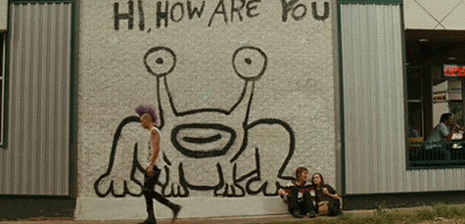
That guy with the purple Mohawk? He was just walking by set and got grabbed by a PA after Barrymore saw him and they asked him to walk through this scene.
Pictures about "Legal implications of shooting a movie along a public sidewalk with dozens of people"
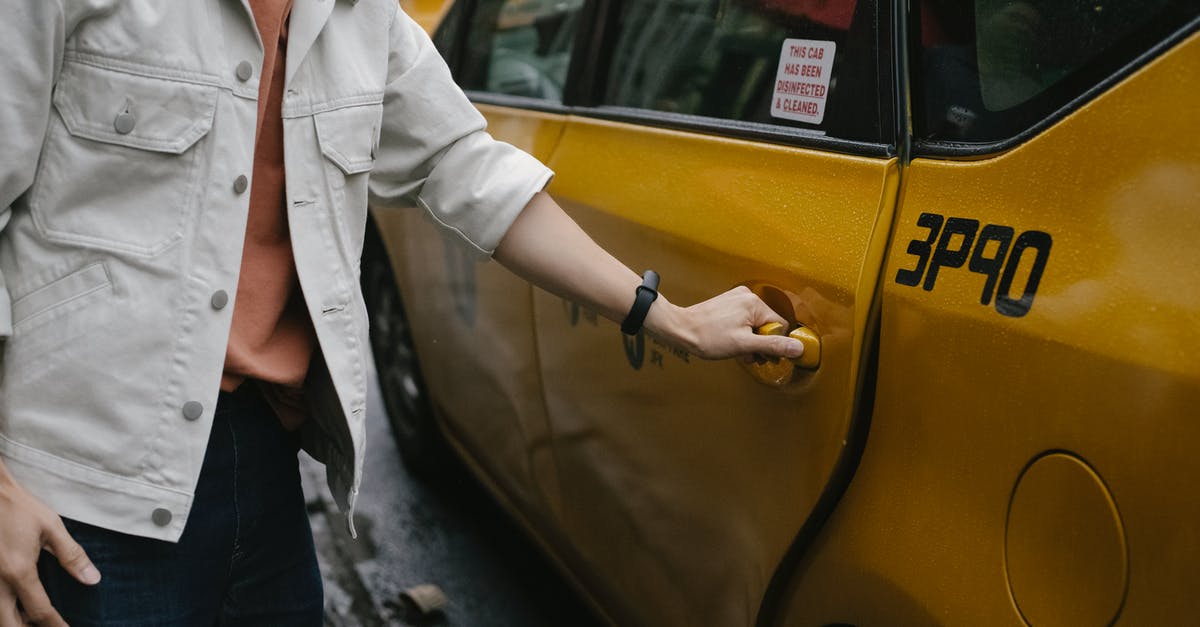
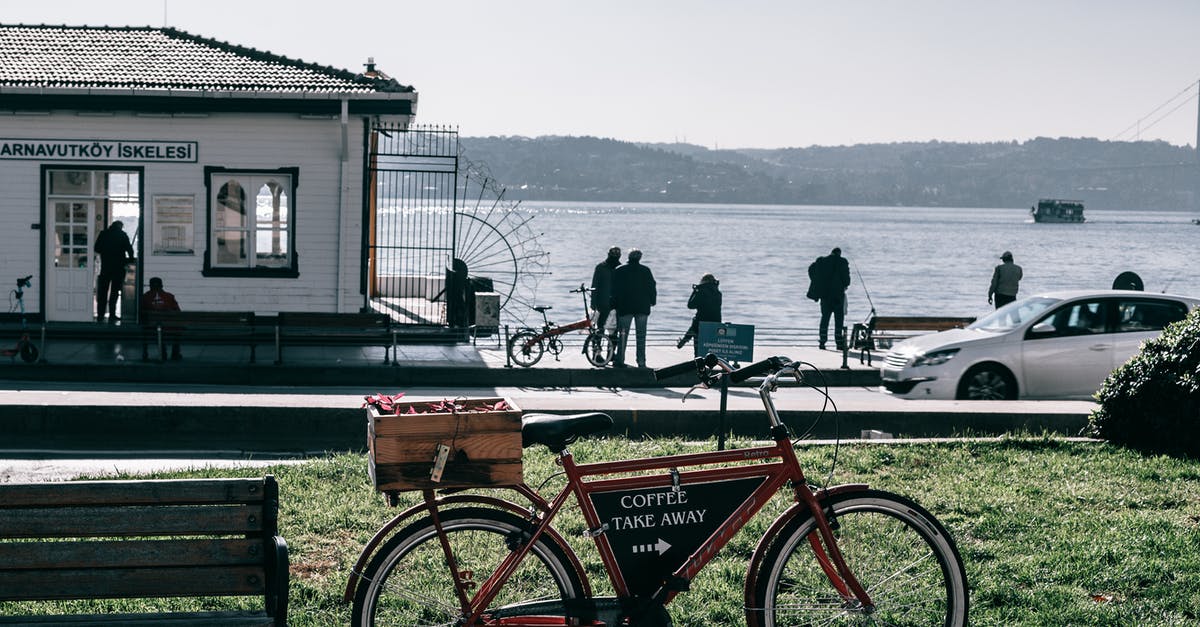
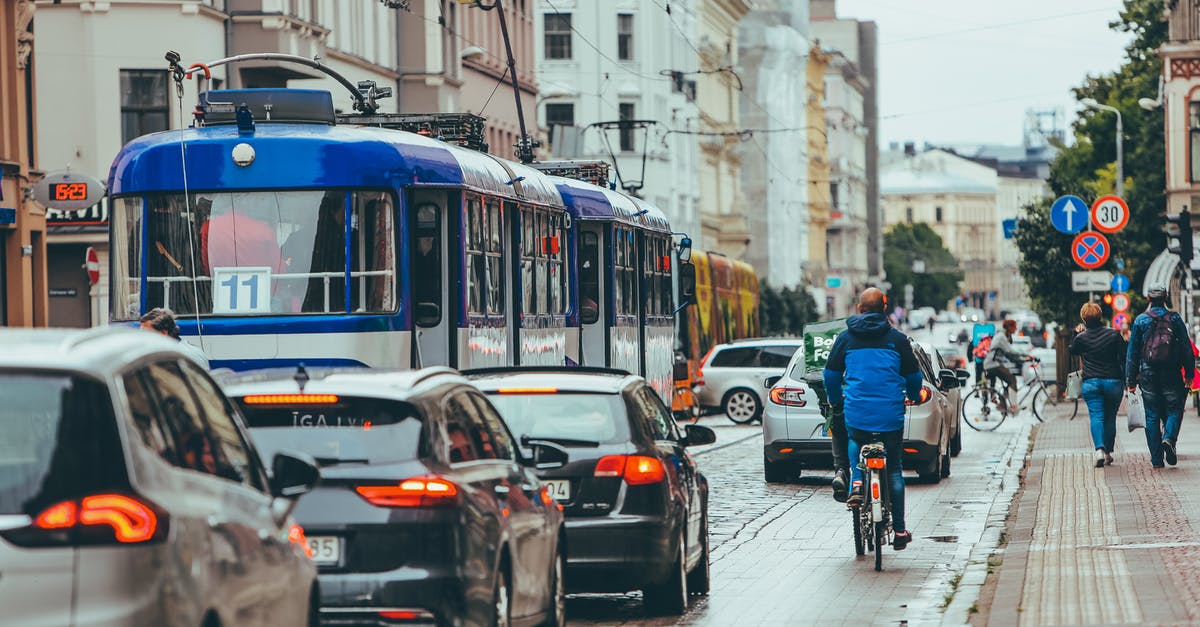
Is it legal to film/photograph someone in public, and what can you do with the content? [LAW VLOG]
More answers regarding legal implications of shooting a movie along a public sidewalk with dozens of people
Answer 2
We used to put up a sign: "If you walk past this sign, you grant all rights to your image appearing in the xxx film "yyy". No one ever called and tried to get money for their image in a movie when that was employed. That said, some cities, some populations are inherently litigious. Chicago comes to mind. People wanted to sue for their restaurant sign being photographed. Others, for people standing on their sidewalk watching us shoot. Once, while shooting at night in L.A., a couple driving a car, paid more attention to us than to the traffic and banged into the guy in front of them at a light. I asked our off duty LAPD officer to speak with the people and get their info, in anticipation of a claim. He came back and said, "They wouldn't give their name. They're not here legally." So sometimes you get sued for nothing; sometimes you don't when the respondent has a cause of action. We strive to make Producer's Best Effort to demonstrate how hard we work to get along with the public. We put plastic covers over the cable that runs from the generator parked on the street to the building where we're shooting interiors so no one trips. Do what you can; treat everyone well; hope for the best.
Sources: Stack Exchange - This article follows the attribution requirements of Stack Exchange and is licensed under CC BY-SA 3.0.
Images: Pixabay, Tim Samuel, Meruyert Gonullu, Vlad Fonsark
